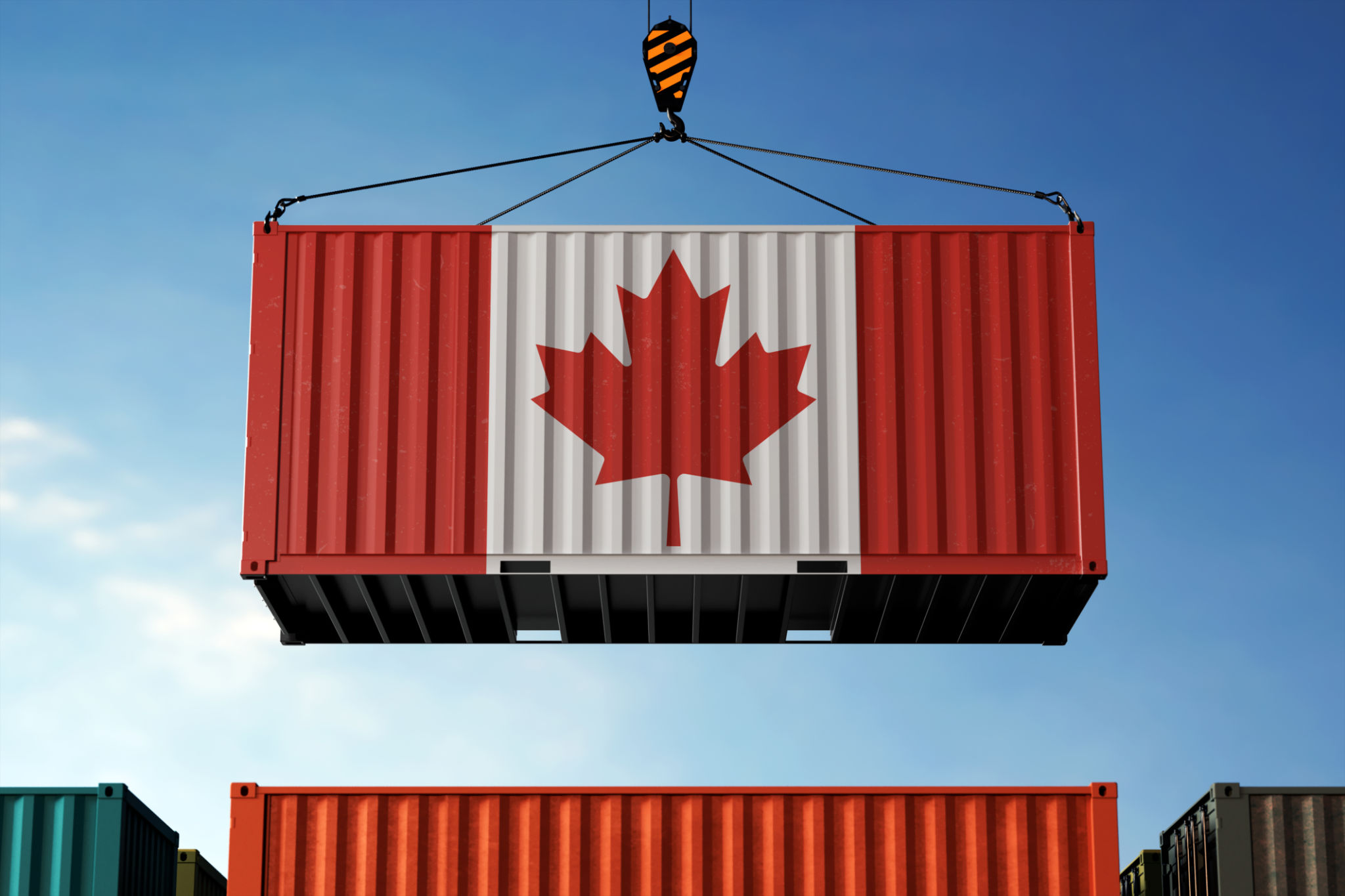The Role of Trade and Transport Services in Central Luzon's Economic Growth
Introduction to Central Luzon's Economic Landscape
Central Luzon, a vital region in the Philippines, has emerged as a powerhouse of economic growth. This vibrant area is known for its strategic location, rich agricultural lands, and burgeoning industrial sectors. Among the key players in its economic development are trade and transport services, which have significantly contributed to the region's prosperity.
Trade Services: Facilitating Economic Exchange
Trade services in Central Luzon play a crucial role in connecting local producers with both domestic and international markets. The region's proximity to Metro Manila, coupled with efficient logistics networks, has made it an attractive hub for businesses. The growth of trade services has led to increased investment opportunities and job creation, further fueling the region's economic expansion.

Moreover, Central Luzon's active participation in regional trade agreements has opened new avenues for exporters. This participation not only enhances the competitiveness of local products but also strengthens supply chains, ensuring that goods reach consumers promptly and efficiently.
Transport Services: The Backbone of Connectivity
Transportation is the backbone of any thriving economy, and Central Luzon is no exception. The region boasts an extensive network of roads, railways, and airports that facilitate the smooth movement of goods and people. These transport services are essential for maintaining the flow of commerce and supporting daily economic activities.
In recent years, significant investments have been made in infrastructure projects aimed at improving connectivity within Central Luzon and beyond. These projects include road expansions, railway enhancements, and airport upgrades, all designed to bolster the region's accessibility and logistics capabilities.

The Synergy Between Trade and Transport
The synergy between trade and transport services is pivotal for Central Luzon's economic growth. Efficient transport systems enable the swift movement of goods, reducing costs and enhancing the competitiveness of local industries. This efficiency, in turn, attracts more businesses to the region, creating a cycle of growth and development.
Additionally, integrated logistics solutions offered by transport service providers streamline supply chain operations. By optimizing routes and leveraging technology, these solutions ensure that businesses can meet market demands quickly and cost-effectively.

Challenges and Opportunities
Despite its successes, Central Luzon faces challenges that could impact its economic trajectory. Infrastructure development must keep pace with rapid urbanization to prevent congestion and maintain efficient trade routes. Environmental concerns also require attention, as sustainable practices become increasingly important in maintaining long-term growth.
However, these challenges present opportunities for innovation and investment. By embracing technology and adopting sustainable practices, Central Luzon can continue to thrive as a leader in trade and transport services.
Conclusion: A Bright Future for Central Luzon
The role of trade and transport services in Central Luzon's economic growth cannot be overstated. As these sectors continue to evolve and adapt to changing demands, they will remain integral to the region's success. With strategic investments and a focus on sustainability, Central Luzon is poised for a bright future as a dynamic economic hub.
